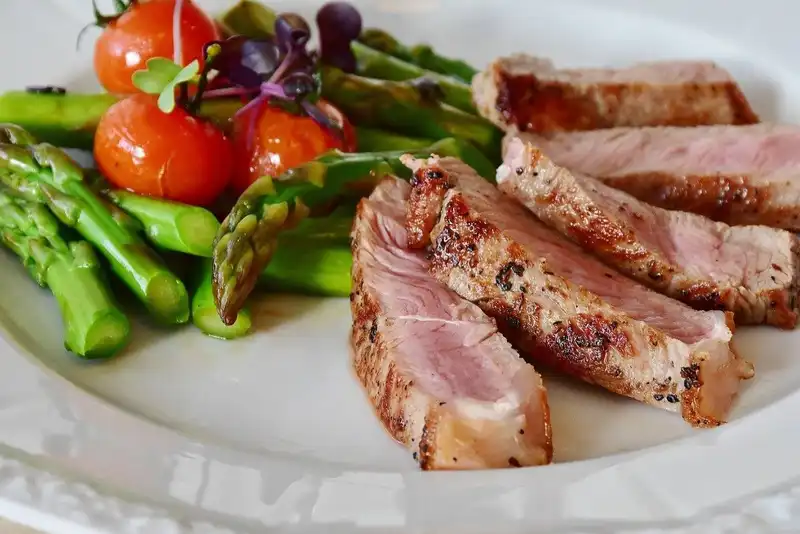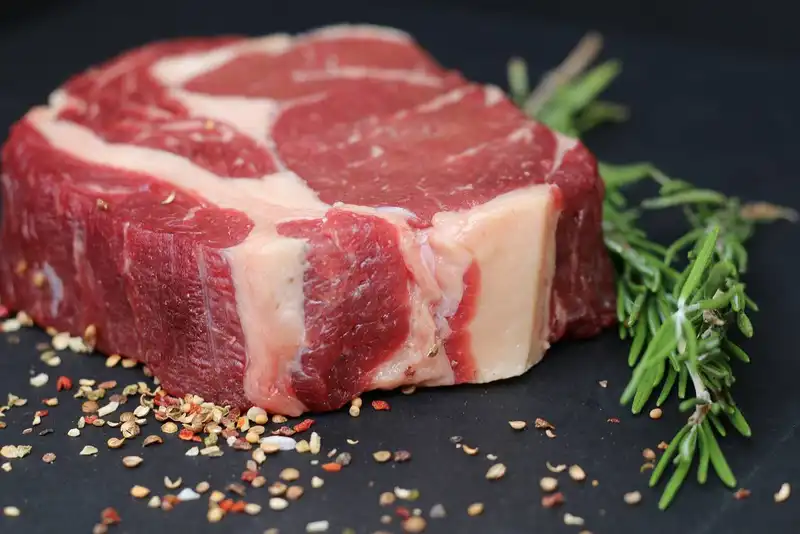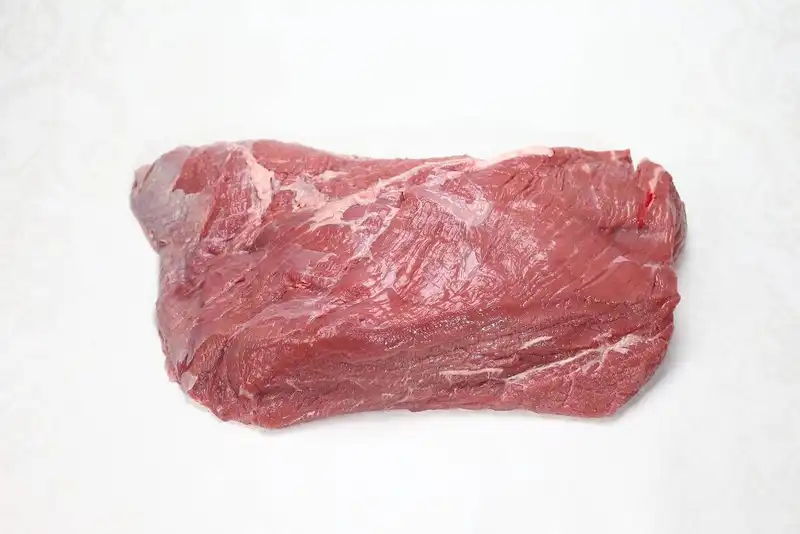Meat Storage Tips and Tricks

The Importance of Meat Storage

Food preservation and food safety have been around for thousands of years. But why go to such lengths keep food safe for storage?
People of the past do it for the same reasons we do today - to maintain the quality of meat and its safety. Surprisingly, the methods used before are more or less similar to our day, only ours is better with the help of technology.
There two specific reasons why proper food storage for meat is important for your restaurant-
- To reduce or control the growth of microorganisms on meat
- To avoid cross-contamination with other food
What microorganisms grow on meat?
The most predominant organism that grows on meat or meat products is bacteria. Fungi (yeasts and molds) and viruses are also present. For these pathogens to grow, the meat conditions must be conducive to its growth.
Conditions that affect the growth of these microorganisms include temperature, moisture, oxygen, and even the acidity level of the meat. All meat storage methods that exist today control any of these conditions.
When your customer eats an improperly stored meat, diarrhea is the least of his worries. Meat that's improperly stored, when eaten, could cause diseases such as-
- Salmonellosis
- Gastrointestinal disease
- Food poisoning
- Shigellosis
- Trichinosis
Cross-contamination of meat with other food
When fresh meat or even the juices flowing out of it, when not properly stored would contaminate everything it touches.
There are typically three types of cross-contamination that could happen with improperly stored meat-
- Meat to other food
- Equipment to food
- People to food
Equipment to food is a common type of cross-contamination but many restaurants don't always recognize it.
The pathogens, especially bacteria, can survive for a period of time on surfaces of countertops and equipment like utensils, cutting boards, and even containers. It is imperative to ensure meat is kept separate from all other food.
One of the most typical scenario of equipment to food cross-contamination is when the kitchen staff uses the same knife and cutting board to slice the meat and vegetables without washing the equipment in between.
People to food cross-contamination can also occur when the kitchen staff holds the meat and then, hold another food directly, without washing their hands properly.
Any of these cross-contamination types could inflict diseases to customers as if the customers are eating raw meat directly. That's why storing meat isn't all about freezing it, it's also about wrapping the meat properly.
How to Store Meat in Your Restaurant

Fortunately, proper storing of meat isn't that complicated. In fact, your restaurant may already be doing some of it already.
In essence, there are two steps to effectively store meat-
- Wrap it properly
- Store it with the appropriate (cold) temperature
Meat storage starts with wrapping the meat properly. This will help prevent cross-contamination with other foods when storing the meat on the refrigerator.
For this step, you can use cellophane or a container with a lid and wrap the meat securely and ensure there are no leaks. If the meat is on a pan, wrap it tightly with cellophane and avoid juices from leaking out.
This is especially tricky to restaurants when you have to marinate some of the meat. The same principle applies to this. Ensure that whatever container the meat is in, wrap it with cellophane.
Wrapping the meat properly controls the humidity, oxygen levels, and exposed areas of the meat. This will help keep pathogens at bay that need such conditions.
Store it with the appropriate (cold) temperature
When storing meat in your restaurant's cold storage equipment, you should observe proper fridge assembly based on safe cooking temperatures. Never store frozen meat on the top shelf.
Basically, raw meat (beef, pork, poultry, and seafood) are placed below prepared and ready-to-eat food.
Here's a more (in order) detailed breakdown of how to assemble food on the fridge-
- All ready-to-eat food or those that don't need to be cooked like fruits and vegetables should be at the top.
- Then comes whole cuts of beef, pork, and whole seafood. Eggs that are served right way can also be placed here.
- All grounded, tenderized, and injected meat should be on the lower shelf.
- At the bottom, place foods that are cooked with the hottest temperatures like poultry. Previously cooked food also goes here.
Poultry, especially chickens, are sensitive to bacterial infection. If you store it with a plate, make sure to cover it with cellophane or with household foil. Frozen poultry, when properly wrapped, can be stored for up to 6 months. The storage time of poultry varies from type to type.
Compared to other types of meat, pork meat has low-fat content. That's why it's important to wrap it tightly and take as much air out of the package as possible. When frozen, these tightly-packed pork meat can be stored for up to 6 months.
Seafood (especially fish), should be wrapped tightly. Fish spoils faster than others because its spoilage enzymes don't freeze until the temperature gets below 5C below. But when frozen and wrapped properly, seafood can be stored for up to 6 months.
Key Takeaways
- Proper storing of meat is important to preserve its quality and safety.
- Bacteria, fungi, and viruses all grow on meat when the conditions are conducive to their growth. Bacteria is the most predominant pathogen found on meat.
- Meat, when improperly stored, could cause deadly diseases including salmonellosis, gastrointestinal disease, food poisoning, shigellosis, and trichinosis.
- Cross-contamination could also occur when meat isn't properly stored and wrapped. It could happen in three ways- meat to food, equipment to food, or people to food.
- Proper storage of meat primarily revolves on the tight wrapping of meat and its storage on cold temperatures.
- You can use a container with a lid or cellophane to wrap the meat. To make sure no juices would flow out from the meat, wrap it with cellophane no matter what container you're using.
- To store the meat effectively on a fridge, observe the correct assembly of food.
- When it comes to arranging the meat on the fridge, make sure to place whole cuts of meat and seafood below the ready-to-eat food. Put grounded, tenderized, and injected meat on the shelf below the whole cuts.
- Poultry should be separated and placed on the lowest shelf of the fridge.
- Be wary when storing seafood. They spoil faster compared to other types of meat. Wrap them tightly and take out as much air as you can. Freeze them to ensure the seafood last for a long time.